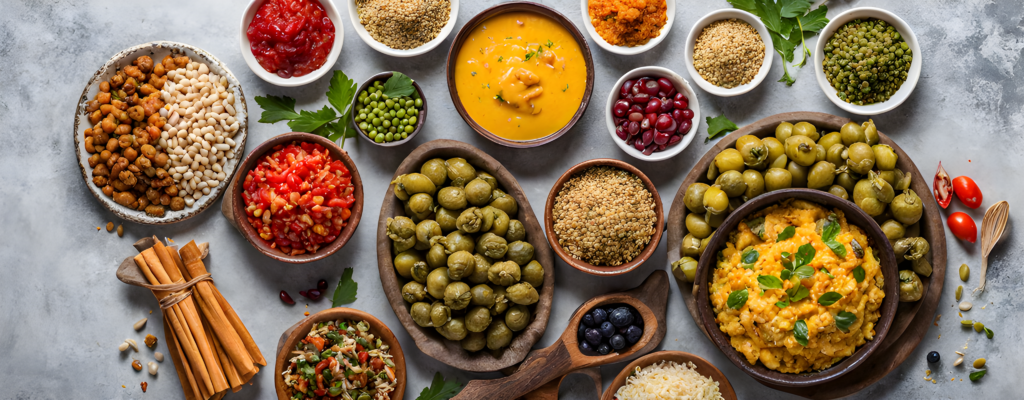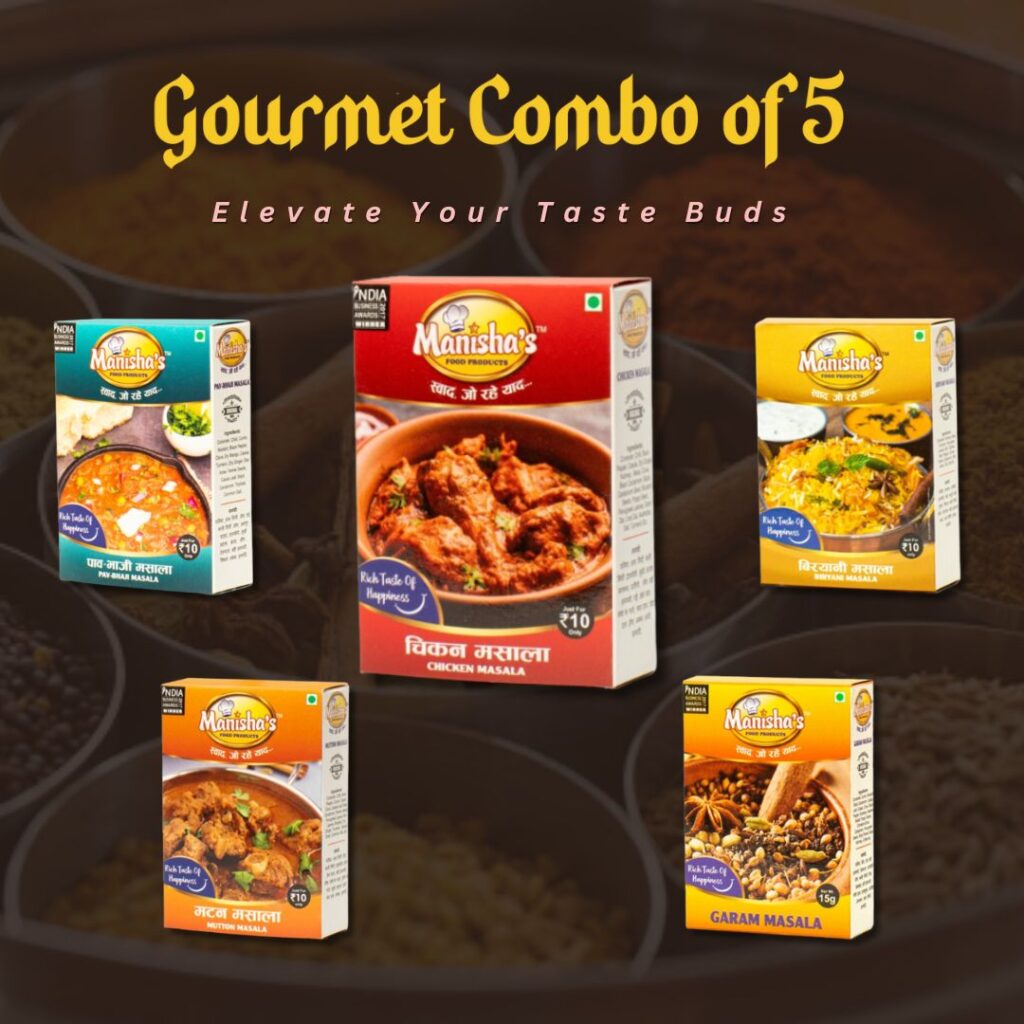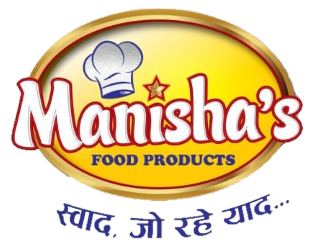
Cooking with Navratri Superfoods: A Nutrient-Rich Feast
As the vibrant festival of Diwali approaches, it’s the perfect time to embrace the essence of Navratri by cooking with the power-packed superfoods traditionally associated with this festive period. The celebration of Diwali brings families together, and what better way to celebrate than by nourishing our bodies with nutrient-rich dishes that also pay homage to the festive traditions? In this blog, we will explore the significance of Navratri superfoods, and their health benefits, and provide a variety of delicious recipes that you can prepare for your Diwali feasts. Let’s embark on a culinary journey that combines tradition, health, and flavor!
The Significance of Navratri Superfoods
Navratri, a nine-night Hindu festival, is dedicated to the worship of the goddess Durga. During this period, many people observe fasts and abstain from consuming non-vegetarian food, grains, and certain spices. Instead, they opt for Navratri superfoods, which are nutrient-dense and spiritually significant.
Buckwheat (Kuttu): Buckwheat is a gluten-free grain that is highly nutritious. It is an excellent source of complex carbohydrates, essential amino acids, fiber, and various vitamins and minerals. Buckwheat is commonly used to make dishes like Kuttu ki Roti, which is perfect for fasting.
Amaranth (Rajgira): Amaranth is another gluten-free grain rich in protein, fiber, and essential amino acids. It is often used to make Rajgira Paratha or Rajgira Laddoo, both of which are perfect for Navratri fasting.
Barnyard Millet (Samak Chawal): Barnyard millet is a low-calorie, gluten-free grain that is easy to digest. It is an excellent source of fiber and micronutrients. Samak Chawal Pulao is a popular dish made during Navratri with this grain.
Singhara (Water Chestnut): Singhara flour is a common ingredient in Navratri recipes. It’s gluten-free and loaded with minerals like potassium. Singhara is used to make dishes like Singhare ke Atte ka Samosa and Singhara Halwa.
Potatoes (Vrat Ke Aloo): Potatoes are a versatile and beloved fasting food. They are a good source of carbohydrates and are used in various Navratri dishes like Vrat Ke Aloo, Aloo Chaat, and more.
Health Benefits of Navratri Superfoods
These Navratri superfoods are not only spiritually significant but also incredibly nutritious. Here are some of the health benefits associated with these ingredients:
Rich in Essential Nutrients: Navratri superfoods are packed with essential nutrients like vitamins, minerals, and dietary fiber, which promote overall health.
High-Quality Protein: Amaranth and buckwheat are excellent sources of plant-based protein, making them ideal for vegetarians and vegans.
Gluten-Free: Many people opt for gluten-free grains during Navratri, making these superfoods suitable for those with gluten sensitivities.
Easy to Digest: These grains are easy on the digestive system, making them suitable for fasting and maintaining digestive health.
Superfood Recipes for Navratri
Now that we’ve explored the significance and health benefits of Navratri superfoods, let’s dive into some delightful recipes that you can prepare for your Diwali feast.
1. Kuttu Aloo Paratha (Buckwheat Potato Flatbread)
Ingredients:
- 1 cup Kuttu (buckwheat) flour
- 2 medium-sized boiled and mashed potatoes
- Sendha namak (rock salt) to taste
- Water for kneading
- Ghee (clarified butter) for cooking
Instructions:
- In a bowl, combine Kuttu flour, mashed potatoes, and rock salt.
- Knead the mixture into a smooth dough using water.
- Divide the dough into small portions and roll them into parathas.
- Heat a griddle, cook the parathas on both sides with ghee until they turn golden brown.
- Serve hot with fresh yogurt or mint chutney.
2. Rajgira Halwa (Amaranth Pudding)
Ingredients:
- 1 cup Rajgira (amaranth) flour
- 1/2 cup ghee
- 1/2 cup jaggery
- 1/4 cup chopped nuts (almonds, cashews, and pistachios)
- 1/2 tsp cardamom powder
- A pinch of saffron strands (optional)
Instructions:
- Heat ghee in a pan and add the Rajgira flour.
- Roast the flour on low heat until it turns aromatic and changes color.
- Add jaggery and mix well until it melts and combines with the flour.
- Stir in the chopped nuts, cardamom powder, and saffron strands.
- Cook until the mixture thickens and leaves the sides of the pan.
- Transfer to a serving dish and garnish with additional nuts.
- Serve the delicious Rajgira Halwa warm.
3. Samak Chawal Pulao (Barnyard Millet Pilaf)
Ingredients:
- 1 cup Samak Chawal (barnyard millet)
- 1/2 cup chopped vegetables (potatoes, carrots, peas)
- 1 tsp cumin seeds
- 1 green chili, chopped
- Sendha namak (rock salt) to taste
- Ghee for cooking
Instructions:
- Wash and soak the Samak Chawal in water for 20 minutes, then drain.
- Heat ghee in a pan and add cumin seeds and green chili.
- Add the chopped vegetables and sauté for a few minutes.
- Stir in the drained Samak Chawal and sauté for a couple of minutes.
- Add water, cover, and cook until the millet is tender and the water is absorbed.
- Fluff with a fork, and your Samak Chawal Pulao is ready to serve.
These are just a few examples of the delightful dishes you can prepare for your Diwali celebration using Navratri superfoods. You can get creative and experiment with these nutrient-rich ingredients to create a Diwali feast that is both delicious and health-conscious.

Table of contents
- Introduction
- The Significance of Navratri Superfoods
- Health Benefits of Navratri Superfoods
- Superfood Recipes for Navratri
